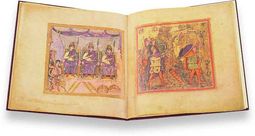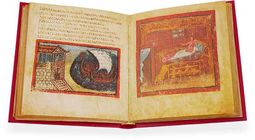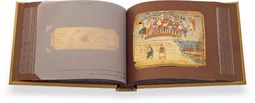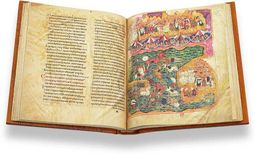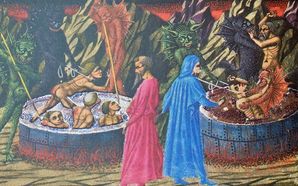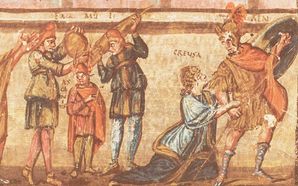The 5th Century in Europe: Ancient Continuities and the Collapse of the Western Roman Empire
This is a series of articles that will examine the Middle Ages one century at a time, giving an overview of the important events, places, people, and innovations of each respective century – its aim is to provide our clients with historical context for the facsimiles of the precious works of illumination found in our database.
These articles are structured as holistic overviews of each century, from the 5th to the 17th, but the sections are labelled so that you, the reader, can find topics that specifically interest you as well.
Initially, these articles will pay more attention to the Byzantines as they attempt to preserve classical civilization, but as they decline and the powers of the Latin West rise, our attention will increasingly be focused in that direction.
This article is Part 1 of our Centuries series, it will begin with the fracturing of the Western Roman Empire and the rise of the so-called “barbarian kingdoms” there, we will then turn to the Eastern Empire and how it managed to survive this period of time, as well as examining the origins of the term “Byzantine”. Finally, we will look at how art, culture, and education survived this calamitous century.
Demonstration of a Sample Page
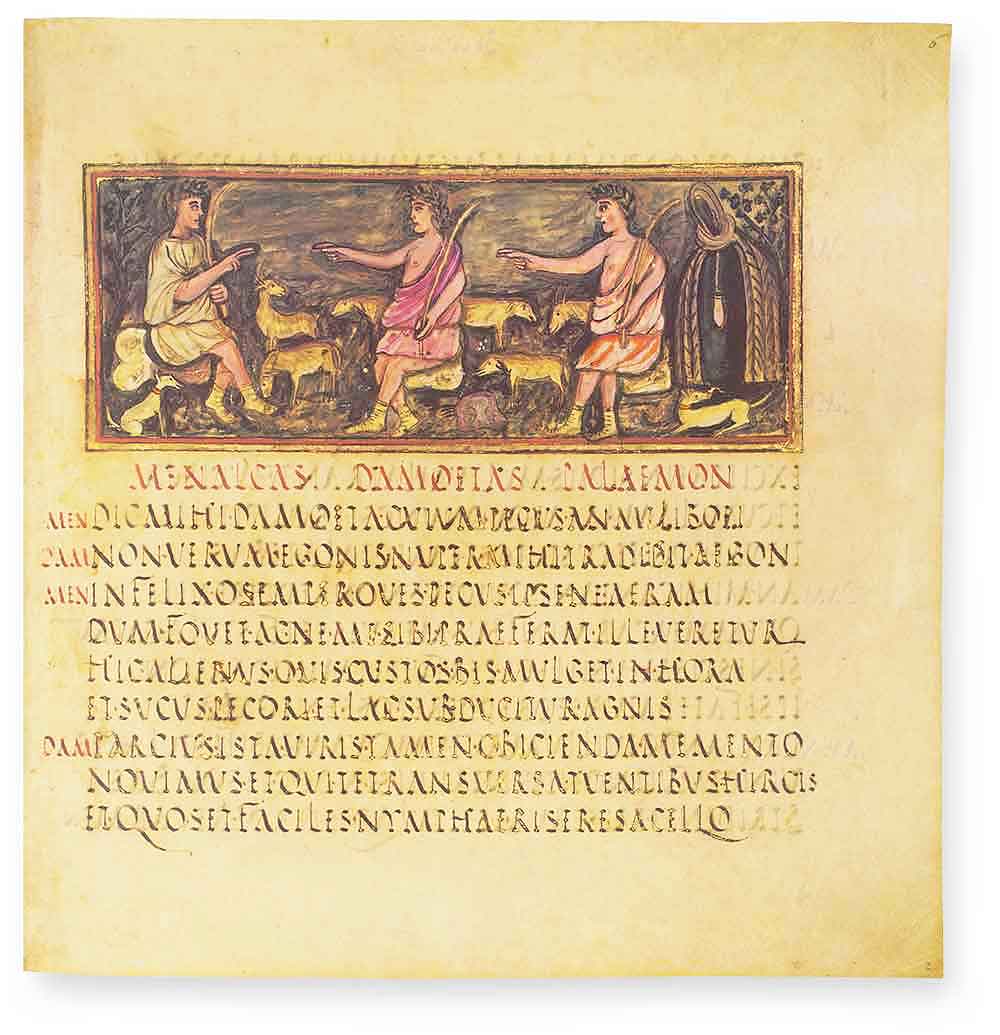
Vergilius Romanus
The Third Eclogue
A dispute between shepherds settled by a singing contest: Palaemon comes across Menaclas and Damoetas as they argue over (supposedly) stolen livestock and acts as judge for a musical competition concerning the theme of love. Flanked by shepherd dogs with their herds in the background, Palaemon declares a tie because they are equally talented.
Above a neatly written field of Latin majuscule, the miniature appears in a frame of orange and gold. The background indicates a pastoral setting, but is intentionally darkened to emphasize the brightly dressed figures in the foreground, all depicted in profile with large, expressive eyes and wearing laurel wreaths as crowns. This fine example of Late Antique illumination is nonetheless innovative and unique.

